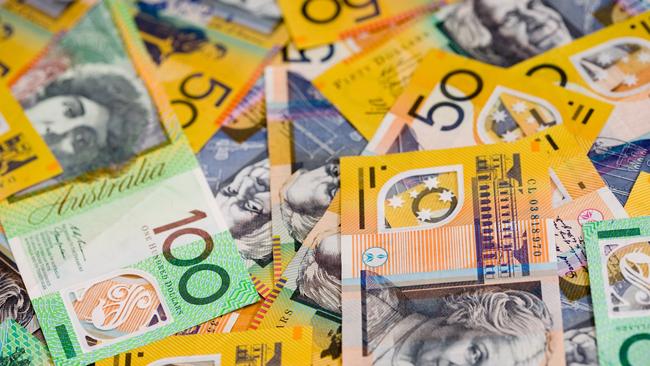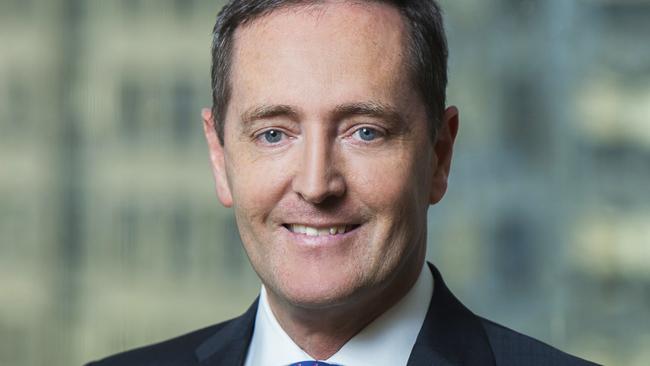The places in Australia that have the most and least superannuation saved
There’s a big difference between Australians’ super pots with one area having more than double the national average.
Super
Don't miss out on the headlines from Super. Followed categories will be added to My News.
The places where people live around Australia can influence their superannuation balance, with new analysis revealing a huge difference between areas with hefty superannuation balances and those with barely anything saved.
Nationally, the average Australian has $147,425 in their superannuation fund, according to the Association of Superannuation Funds of Australia (ASFA).
But those who live in the affluent electorate of Kooyong in Melbourne – the seat where former Treasurer Josh Frydenberg was recently ousted in the election – have the highest average super balance across Australia of $321,593.
This means Kooyong residents have twice the national average saved in their superannuation fund and their balances are almost five times higher compared to the electorate with the lowest average balance – western Sydney’s Blaxland at $66,610.
There’s also a marked difference between how much people have put away for retirement when comparing Australia’s states and territories.
Stream more finance news live & on demand with Flash. 25+ news channels in 1 place. New to Flash? Try 1 month free. Offer ends 31 October, 2022 >

Those living in the ACT, which includes a large number of federal public servants, who traditionally receive a higher employer super contribution rate than the Australian base rate, have the biggest average super balances across the country, coming in at $205,369. Meanwhile, those in the Northern Territory have saved the least with $107,677.
Victorians are in the second best position for their retirement pot, with an average of $151,679, followed by NSW residents with $149,063 and South Australians with $147,148.
Three states rank below the national average with Queensland averaging a superannuation fund of $142,345, Tasmanians have $139,719 and Western Australians have put away $137,152.
Super needs a long-term approach
But it’s important not to freak out over your current super balance, ASFA’s CEO Dr Martin Fahy said, because superannuation is a decades-long proposition and returns should be analysed over 10-year periods.
“We are facing strong economic headwinds in the coming years with higher interest rates, slower growth and global volatility,” he said.
“As the global economy slows down, so will returns, but the diversified long-term investment approach adopted by superannuation funds will allow members to weather the coming storm and continue to generate strong returns over the decades-long journey to retirement.
“As we look ahead to uncertainty in global markets, the great thing about superannuation is that professional fund managers spread your investment across a range of asset classes. As some asset classes fall, others rise and this helps protect your superannuation from financial shocks.
“Over the past 10 years, superannuation funds have returned 8.5 per cent per annum.”

Covid super scheme leads to $4.7 billion in lost returns
The figures from ASFA show Australian’s average super balances have grown 11 per cent in three years, up from $132,646 in June 2019.
But the former Coalition government early release scheme that allowed 3.5 million people to withdraw up to $20,000 from their superannuation fund tended to hit funds with lower balances.
This saw more than $36.4 billion wiped from super funds across the country. If that money had instead remained untouched in Australia’s largest superannuation funds, the figure would have ballooned to $41.1 billion.
It means Aussies have already lost $4.7 billion in returns in just one year, according to new analysis by the McKell Institute.

Super gender pay gap leaves women with less
The superannuation gender pay gap also still exists.
Women retire with a median superannuation balance of $146,900, compared to men who walk away with $204,107 at retirement when aged 60 to 64 years, recent data from KPMG found.
There are a number of ways people can boost their superannuation balances such as voluntary contributions, salary sacrifice and spouse contributions.
On July 1, there are also a number of changes occurring to superannuation with employers having to pay 10.5 per cent (up from the current 10 per cent), alongside the removal of the minimum $450 earnings threshold.
There are also changes in the downsizer contribution policy which allows more people to use the proceeds from selling the family home to put into their super fund.
Originally published as The places in Australia that have the most and least superannuation saved





